Connecting the Good: Using the Internet to Serve the “Outernet” Chapter 11, Part 3
Welcome to the Birthing the Symbiotic Age Book!
NEW here? — please visit the TABLE OF CONTENTS FIRST and catch up!
You are in Chapter 11, Part 3, Connecting the Good: Using the Internet to Serve the “Outernet” — OneSphera Value Chain Liberates Frozen Assets … Inverting the Global Financial and Political Pyramid … Using a Gaming Engine to Incentivize Win-Win-Win Symbiosis.
Chapter 11 posts:
Building a “Super-Highway of Love”… One Sphera is Born … The Currency of One Sphera: TRUST
OneSphera in Action – Putting It All Together… The Future of OneSphera
Are you trying to figure out where this is All Going? Read Building Bridges to a New World — embodying the Transcendent through the nodes of intersection within local, grassroots-empowered community networks.
Voice-overs are now at the top of my posts for anyone who doesn’t have the time to sit and read! Also, find this chapter post and all previous posts as podcast episodes on
Spotify and Apple!
REMINDER of the READER SURVEY
Previously from Chapter 11, Part 2
Symbiotic Culture and One Sphera is like a Super Highway that infuses and circulates the “oxygen” of Love for the benefit of each and all – and especially helps make visible and can then deliver what is needed to those “on the margins” – the “least of us.”
So, it’s great that science now affirms the reality we experienced in Reno and the poorest and most disenfranchised communities experienced in Sri Lanka.
Just as we had become “radically inclusive” to build our real-world networks in Reno, the survival of our civilization primarily based on science and materialism depends on including and honoring the Ancient Blueprint that points us toward the Beloved Community.
The Virtues and Principles that radiate from that blueprint are the glue that holds community and society together, whether you see things from a scientific, cultural, religious, or spiritual perspective.
So now, on this unshakeable rock of Divine Love, we sought to build OneSphera to extend and amplify these principles, automating and accelerating our face-to-face organic process into a genuinely heart-based technology.
OneSphera Value Chain Liberates Frozen Assets
Having created several Symbiotic Networks, we had already laid out the principles and protocols for creating and sustaining trust around trusted connections, shared interests, and people’s positive passions to make the world a better place. However, translating face-to-face trust, built over time and trial, into faceless technology presented a distinct challenge.
For OneSphera, we immediately developed several technological “trust” principles into the design: data sovereignty, information privacy, and reputation.
We started with the fundamental principle that, for trust and integrity’s sake, users need to control what information they allow and what they allow to be seen about their online behavior and endeavors. Data sovereignty, as we wrote in our prospectus, means, “You decide what you will share, with whom, and can change it at any time.
In addition to giving you control over your personal data, you also have ‘volume control’ over what you see from others. You can see as much or as little as you’d like from who you would like.”
We also made the privacy settings transparent and quickly changed: “You choose who has access to what information. Both as a company and a platform, we give you the flexibility to change your mind anytime. This means you can stop people and companies from seeing things they previously could. It also means you can start showing them additional information at any point. You have 100 percent control.”
We made sure everything on the platform was opt-in. Our slogan was, “If you don’t want to see it — you won’t see it. It won't be shared if you don’t want to share it.”
Trust and security were at the foundation of our network.
Once it was clear that we were first and foremost concerned with protecting and serving the user, we could then address One Sphera's unique value proposition.
We called this The Value Chain Platform.
In the traditional business sense, a Value Chain is defined as a “series of activities and processes that a company performs to deliver a product or service, with each step adding value—from product design, production, and marketing to distribution and customer support, aiming to create competitive advantages and maximize customer satisfaction.”
To use a manufacturing example, value is added to the process each step of the way—from harvesting raw materials … to processing and manufacturing … transport and distribution … advertising, marketing, and sales. And each time value is added, there is a cost involved. Someone or some organization adds value, and that entity is paid.
Value is also added in the nonprofit sector. Let’s take, for example, the San Diego Food Bank that I headed up in the 1990s. Someone needed to find the surplus food and deliver it to the food bank …and others needed to get it to the distribution spot. The facility had to be maintained, and foods had to be stored in an orderly way, ensuring that perishables didn’t perish.
While this value wasn’t measured as profit, and even though many people volunteered their time and services, there were still those who needed to be paid—those who managed the space, like janitors and maintenance, those who drove the trucks to distribution, and those who ran the operation. As generous as I am, I would not have been able to be the chief executive without a salary.
So, what is my point?
First, some would say that if we want to create a truly Virtuous Economy, as we described in Chapter 6, in its purest sense, we must give without expectation of return—a “Gift Economy.” While this might seem like a glorious ideal, it flies in the face of the real deal.
The paradox of the Virtuous Economy—as I have defined it in Chapter 6, based on the success model of Sarvodaya Shramadana in Sri Lanka and our Symbiotic Networks in Northern Nevada—is that it exists independent of and yet dependent
on the mainstream economy.
As much as I would have loved to donate my time without being paid as director, I still had to pay the mortgage on the home I owned, pay for my children’s clothing, health care, and other expenses, as well as all the other good things in life that are NOT free.
Most everyone else who is not a “trust-fund baby” must engage in the real economy and find ways to “pay” for what they use – for what is valuable. So, in designing OneSphera, we started with the source of all Value – the Heart of Love and the Gratuitousness and generosity of mutual benefit that flows from that.
From this Transcendent foundation, we activated existing local, real-world economies by bridging across networked silos — to make the necessary transformation of the mainstream. Essentially, we wove the valuable enterprises stuck inside the Culture of Separation into a new Culture of Connection.
Another feature of the Virtuous Economy is that it’s radically inclusive.
To make this bridge from the Culture of Separation to the Culture of Connection, a Virtuous Economy in the real world must be able to encompass the myriad of ways people and organizations share value in ways that are meaningful to them. Symbiotic Kinship means meeting people where they are.
This Universal Kinship approach to value creation is “radically open” because it does not impose one type of value exchange as a standard for user inclusion and participation. Likewise, it doesn’t designate one “value” more valuable than another or exclude endeavors that don’t fit a particular ideology or tribe.
As I mentioned before, I am aware that many networked silos promote the value of their network through their narrow lens – for example, they would naturally want to exchange value or do business only with those in their “tribe.”
For example, only doing business with regenerative, green, or even “socially conscious” businesses and enterprises; or a Christian-only business network; a “metamodern” business network; a black or Hispanic business network; a gifting or mutual aid network; or a network that only includes cooperatives.
In my experience, attempts to limit participation to certain classes or any one ideology paradoxically are not regenerative—or even generative.
Networked silos like these, in isolation, cannot build a Virtuous Economy.
To transform mainstream economies, we need to accelerate, not limit, the value exchanges across and amongst all the threads to build a resilient community.
That’s why One Sphera expands the definition of a Value Chain beyond any individual organizational or networked silo to include the value exchanged by an entire communities Network Commons -- the aggregation of the spiritual, social, and economic power of what could be thousands of organizations and enterprises in a local region.
Again, by “value chain,” I am referring to anything that brings value to the community, like the previously mentioned tangible and intangible frozen assets. When bridges are built across silos, all types of community “capital” -- social, natural, financial, infrastructure, etc. – begin to flow through the community. I think of these bridges as “superhighways of mutual benefit.”
The Community Value Chain would encourage ALL classes of value creation, from gifting and mutual aid to cooperatives, private businesses and corporations, charities, churches, and even local governments.
In every case, our community members added value by sharing their trusted connections and information outside of their own trust networks.
Now that I have shown how One Sphera accelerates the total Community Value Chain around the precise shared interests and sub-interests that happen within the twelve community needs, there is one more powerful tool built “under the hood”—how we incorporated Value Network Analysis (VNA) to power OneSphera and support the growth of strong regional economies.
Developed by Verna Allee with the support of Ken Vanosky, an international business developer who also advised One Sphera, VNA maps and analyzes value exchanges within and between networks.
It distinguishes between tangible exchanges (e.g., products, services, money) and intangible exchanges (e.g., trust, knowledge, collaboration). VNA shows how these exchanges connect not just people and resources but also highlight and acknowledge people's roles in value creation, bridging tangible and intangible flows.
For example, a network weaver connects tangible people and resources while fostering network trust. VNA reveals how these interactions create a holistic network, enhancing strategic understanding, optimizing resources, and supporting relationship-building, innovation, and organizational growth.
This is how the intangible power of the Ancient Blueprint accelerates the delivery of tangible benefits in real-world communities.
So, OneSphera applied this pioneering work from corporate Value Chains to an expanded Community Value Chain.
Using a Gaming Engine to Incentivize Win-Win-Win Symbiosis:
A Reward System for Community Participation and Influence
The Value Chain Platform would reward community members for participating in activities that increase the community's value. This would fundamentally expand the Harvard Business School value chain definition.
Instead of the traditional “vertical” relationships between a government bureaucracy and citizens, between a business or corporation and its customers, or between a nonprofit and its volunteers, vertical dominance hierarchies are flattened.
People who had unwittingly become the commodified “Objects” being used by organizations large and small—whether as citizens, customers, or volunteers—are now included in an extended Community Value Chain where they become Subjects with agency.
In the new Virtuous Economy, the community itself becomes a horizontally interconnected, integrated organization -- a new Network Commons.
This new Community Value Chain “game”—where anyone in the community can Connect the Good and be rewarded for it—is a tangible way to “democratize” and decentralize the economy, creating a trusted and true “network marketing system” through our Network Commons—without levels. There are no vertical uplines or downlines, just a matrix of horizontal lines connecting individual businesses, people, organizations, and their projects.
Imagine being rewarded for being an ambassador, or, if you will, a “missionary,” promoting local products, services, and innovative projects you love, a local charitable organization or church you support, or a government program working with seniors, children, or local food.
Instead of watching from the sidelines, you would now have the potential to constructively participate in every aspect of community life and the local economy as you choose.
The value you are offering is your own “trust network” as a new marketplace for the entire community. This previously hidden asset adds value to the business or project you are promoting, not just for yourself (because of the rewards for making the connection) but also for the entire community.
It’s a win-win-win. You benefit, as do the business or service you love and the customer, client, or citizen you connected them with.
Let's consider the multilevel network marketing programs that have proliferated over the past fifty years. These are based on at least one sound foundational principle: A company spends a particular portion of its budget on advertising, usually through an ad agency that buys media ads.
Multilevel network marketing takes what would be the “advertising budget” and distributes those monies to the individuals who drive the most sales. Affiliate programs use the same network concept but without levels.
One Sphera’s Value Chain system extended that network principle in a radically inclusive new direction.
What if technology could allow ANYONE, not just leaders of organizations or businesses, to receive value for the value they drive?
Our Value Chain system incentivizes EVERYONE in the community to create and release value and to be rewarded for the value they bring.
As you will remember, one of the purposes of our Symbiotic Network was to release the “frozen assets” in a community — in other words, valuable activities that aren’t generally visible or even monetized, meaning they are easily ignored by a system focused on money.
Consider, for example, how much volunteering goes on in a community through formal organizations like nonprofits. Also consider the incalculable informal exchanges—like shared rides and childcare, or even the companionship and mentorship that were the collateral benefits of our Neighbors Network—and, of course, the third-party connections and acts of generosity occurring 24/7.
So, in designing OneSphera, we were looking for ways to give our participants “extra credit,” a benefit bonus for the previously unacknowledged ways they supported the symbiotic community.
The Community Value Chain system we designed took the individual exchange of time and service and added a new element: value to the community.
In contrast to the top-down approach of purchasing advertising and broadcasting that advertises “down” to potential customers, the value chain decentralizes influence and reward. Participant members share posts and ratings of businesses and charitable activities that inspire them so that they become influencers and can receive “payment” in the form of points for messages shared.
We called this sharing of advertising dollars via trusted referrals “gossip for good.
While traditional advertising would still be used, filtering the ads through the community created something mass media advertising cannot do—exponentially increasing the amount of word-of-mouth messaging, the most effective advertising of all.
As we wrote in our prospectus, “We’ve developed a method to share financial rewards with our customers by building an engaged community that explicitly shares their precise interests in real-time.”
“At the same time, we create a delivery system for high-quality, opt-in, and laser-targeted advertising that radically improves effectiveness and efficiency, increasing conversion rates.”
We also touted “a dynamic multi-layered reward system, a loyalty program that works … all in a constellation of shared interests, needs and offers, and collaborative projects.”
The following video shows how we combined the real-world needs of local mom-and-pop businesses with what we called “Proof of Community Cooperation and Influence” through a blockchain-based loyalty and rewards system. Imagine this expanded to thousands of local organizations within a Community Value Chain, and you can see how excited about how gaming could support a community and economy based on mutual benefit.
The “secret sauce” of OneSphera was community engagement, which put the economic engine at the bottom through participants and members: “We support our interactive, engaged community members and incentivize them to share their truthful opinions, ratings, and more. Members can find and engage with other like-minded people and organizations, earn rewards, and co-create a thriving, interactive regenerative economic ecosystem.”
INVERTING THE GLOBAL FINANCIAL and POLITICAL PYRAMID
Now that we’ve drilled down to see how OneSphera’s Community Value Chain proposition “democratizes” the local economy let’s zoom out to see how this relates to the global picture and the growing recognition that our global economic system based on win-lose and the Culture of Separation is failing us.
OneSphera offers a practical alternative to the current system's top-down supply chain by helping aggregate all forms of local capital to build a vital and
viable bottom-up trading system.
By accelerating, circularizing, and strengthening regional economies and value chains, OneSphera – and Symbiotic Networks like Sarvodaya and our Reno networks – keep money and resources in the region, tangibly reducing the “giant sucking sound” of local financial resources being sucked upward into the global economy.
I had a great epiphany in 2017 when my business partner and I met Bill Melton, an extremely rare entrepreneur who had built several multiple billion-dollar global technology companies like Verifone, starting in the early 1980s.
Bill had watched how his innovations, such as Verifone’s point-of-sale technology, helped facilitate global commerce by making credit authorization terminals ubiquitous on retail merchant counters across the planet. He was also an early investor in PayPal, pioneering global business-to-business (B2B) commerce. He was part of the first global online community as an early investor and director on the America Online (AOL) board.
His contributions laid the groundwork for today’s global digital payments landscape, which supports everything from e-commerce to mobile payments.
So, when a guy who had helped facilitate the evolution of the top-down global economic system said of One Sphera, “This platform has the power to invert the worldwide financial and political power pyramid” – we got excited!
In that first meeting, Bill Melton coined the term Value Chain Platform to describe one of the financial mechanisms underlying One Sphera that could facilitate our universal vision of a Global Commonwealth of Strong Regional Economies.
As I have suggested, society has never been more ready for this radically new approach. Since OneSphera’s first software architecture was designed ten years ago, it has become even more evident—even to those at the top of the pyramid—that the breakdown of today’s global supply chain is underway.
As I have mentioned before, Blackrock Capital CEO Larry Fink, the largest asset manager in the world, with assets of $10 trillion and financial and political interests in most of the top 500 companies on the planet, made the startling statement in a message to his shareholders that “the 70-year-old economic globalization project is over”.
In his annual letter to shareholders, he pointed out that the war in Ukraine was a pivotal moment in this shift, marking the end of the integrated, global supply chains central to economic growth.
The geopolitical tension caused by a multipolar world order, exacerbated by the COVID-19 pandemic, has pushed countries to rethink dependencies, focusing more on domestic resilience and energy security.
Fink noted that uncertainty due to wars and other supply crises is prompting many countries to rely more on domestic resources, including oil, gas, and other key materials, and to reassess broader supply chains.
Even the world's most prominent power players say that nations are starting to “de-globalize” again by bringing production back home.
As you can see, this need to re-localize the economy is not just my opinion — and the context for building one doesn’t have to be “captured” by any political ideology.
So, let’s bring this global understanding into practical local reality. As vertical supply chains are compromised and distorted by manmade and nature-made crises, it will fall on local citizens, neighbors, and business, religious, and community leaders working with elected officials such as city mayors and councils, city managers, and county commissioners to address community resilience.
At that point, it will not only be idealism, or even any particular viewpoint, either on the “Left” or “right” — but NECESSITY itself that will bring all the other functional economic and social threads together in a whole cloth movement.
That’s where value chain networks like our Reno Symbiotic Networks, augmented by technology like OneSphera, could help revitalize regional economies through “import substitution” — replacing previously imported goods and services with locally produced goods and services, thereby fostering community self-sufficiency.
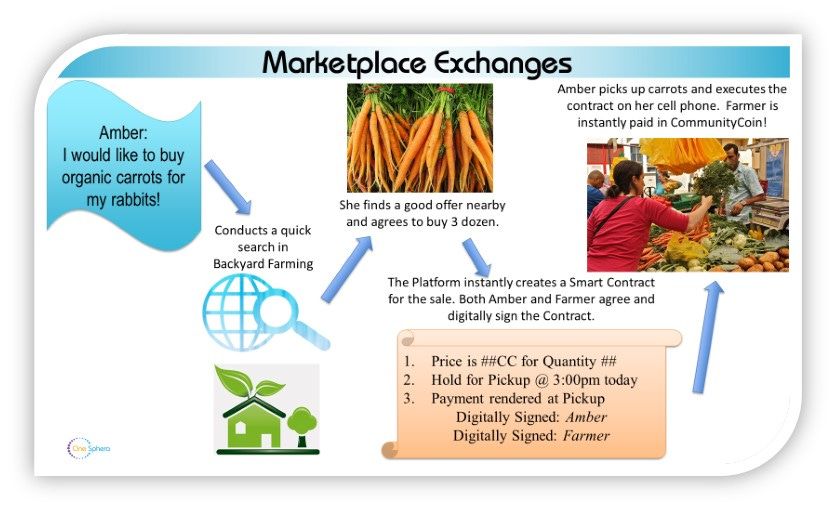
Global coordination would emerge naturally as regions once again discover the products and services they could uniquely develop. These would simultaneously create a foundation for local prosperity and offer something that could be traded or sold outside the community in ever-expanding circles of Value exchange.
If we want to see changes in national or global systems, we must return our focus to local states and counties and the millions of villages, towns, and cities “at the bottom.”
Local economy, by the way, is one of the founding principles of our Symbiotic Culture DNA, as we recognize that global issues must be solved locally. As we sought to weave the threads emerging from well-intentioned silos and networked silos in our region, we saw OneSphera as a way to more rapidly and efficiently circulate good goods and great goodness.
OneSphera was a “growth hierarchy” at its best, weaving the horizontal business-to-business connections and weakening the top-down hierarchy that exemplifies the extractor model.
The technical term for how new value chains could liberate frozen assets in a local region by flattening hierarchies, lowering costs, and boosting efficiency is “disintermediation.”
This is a long word for streamlining the value chain by eliminating the least valuable “stops” or “middlemen” along the chain.
Here’s a fantastic disintermediation story involving Dr. Ariyaratne that presages his founding Sarvodaya and my work with Symbiotic Culture.
What he did can be repeated systematically — and a millionfold.
Dr. Ari grew up in a southern town in Sri Lanka, right on the Indian Ocean, and was fortunate to have parents who were literate professionals. Next door to where they lived was a Buddhist Temple, where Dr. Ari, as a child, spent time in meditation and prayer and learned about Buddha’s life dedicated to service.
While he didn’t have a visionary transcendent experience like mine, he did have a transcendent experience on a beach at the age of fourteen. He encountered an older woman, a processor of coconut husks, who was at the bottom of the economic supply chain. He asked the woman how the business worked and discovered that those selling the husks at the “top of the chain” were making eight times what she was!
At age fourteen, after talking with her and meeting with other women in the business, Dr. Ari supported them in creating the area’s first women’s coconut husking cooperative.
As you can see, Dr. Ari was imbued with the Ancient Blueprint a dozen years
before he started Sarvodaya.
Remember that young Ari’s instinct to flatten the supply chain aligned with his desire to address material and spiritual poverty, economic injustice, ageism (taking advantage of the old woman), and ecology.
Disintermediation is also an ecological issue, as some 20% of greenhouse gas emissions from the global food system can be attributed to transporting food.
The critical point is that many of those “middlemen” in the coconut husk business added minimal value but extracted money. This story seems to reflect a universal pattern underlying the rise and fall of empires over the past 3,000 years, and it is both the bane and, at the same time, could be a real boon — awakening the need to get to the root of modern economic and political systems.
And at the root – as I’ve asserted so many times in this book, it is the Ancient Blueprint, radiating Divine Love, that is at the foundation of a new Culture of Connection.
Stay tuned for the next installment, Chapter 11, Post 4… Coordinating Coherence … Being of Service to the Bottom-Up and Grassroots … OneSphera as Augmented Intelligence
PREVIOUS POST
TABLE OF CONTENTS
NEXT POST



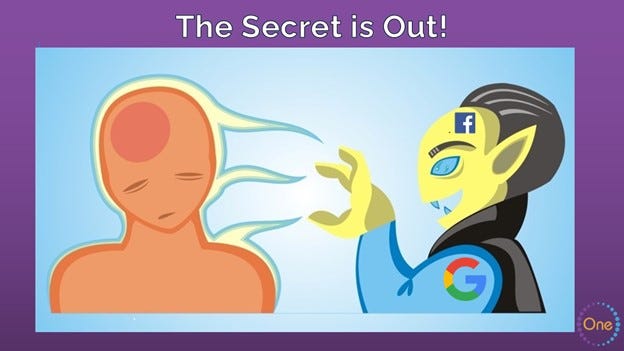
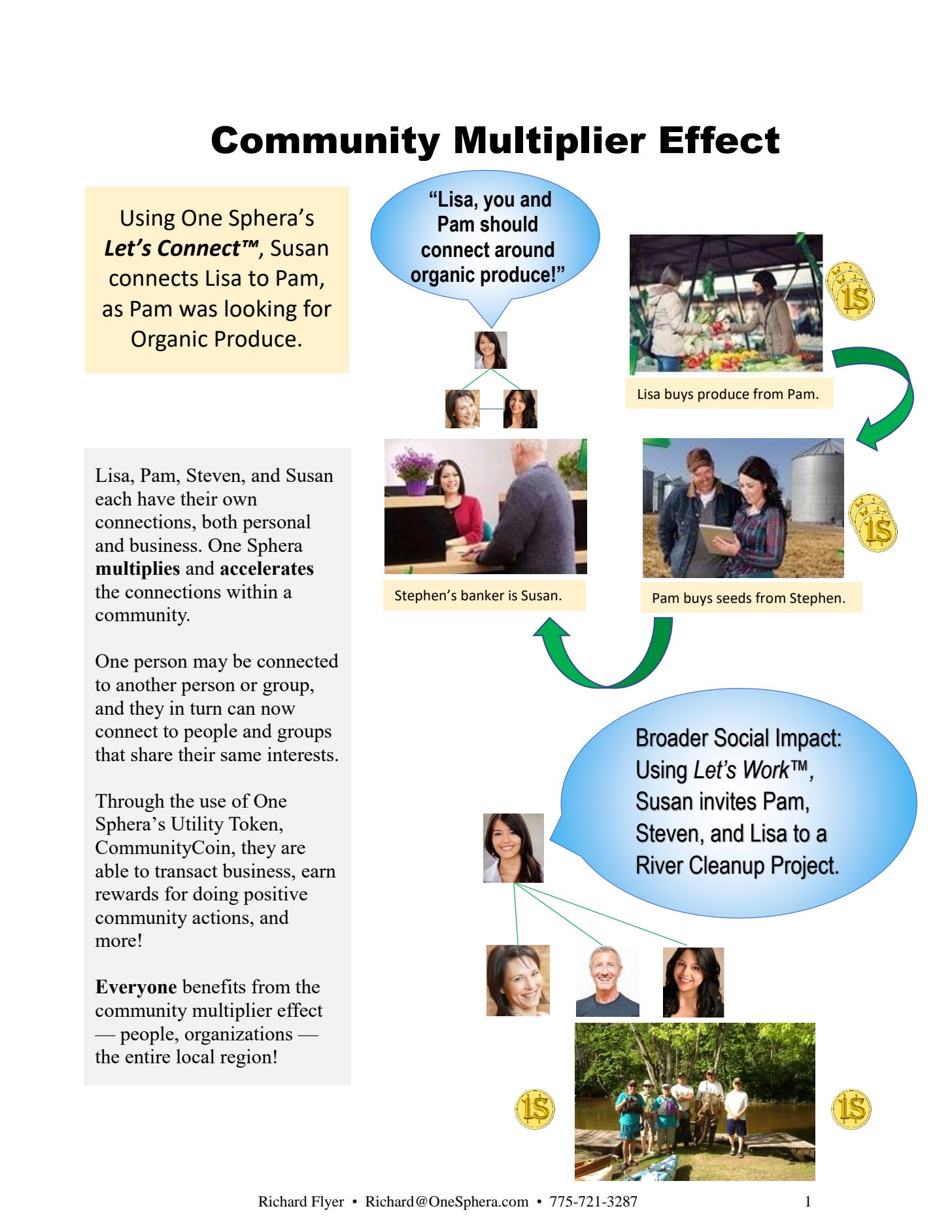
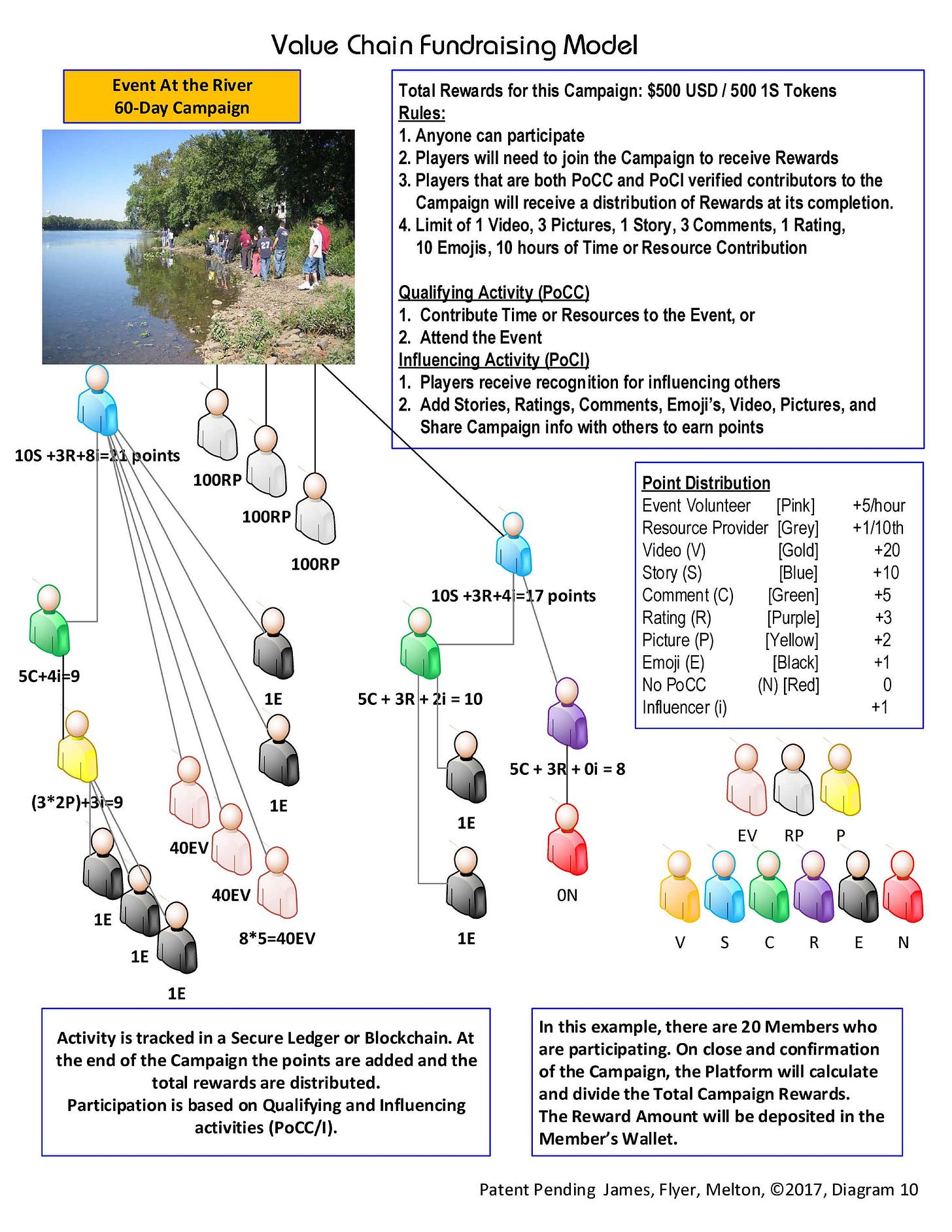
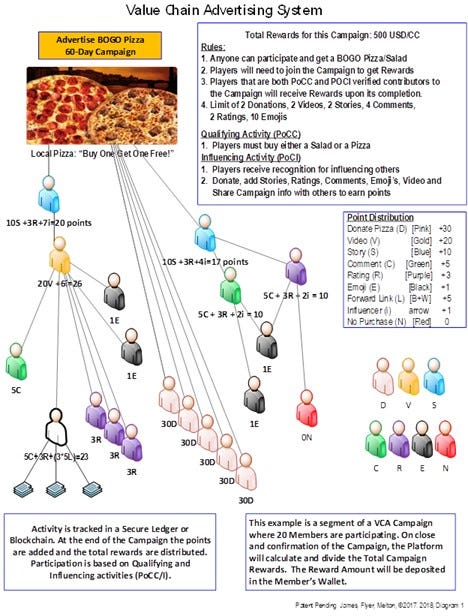
Interesting to see this community economics in action. How goes One Sphera - I see it still operates. I also wonder about Mutual Credit Offsetting. Especially between organisations and businesses and municipal bodies. There are several efforts to increase the amount of these. For example Tom Woodroof and Dil Green doing this in Liverpool in the UK as Local Loop Merseyside https://localloop-merseyside.co.uk/